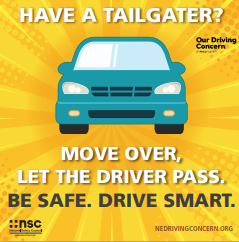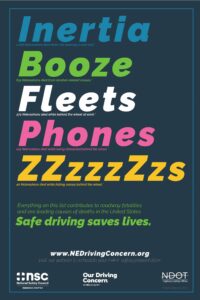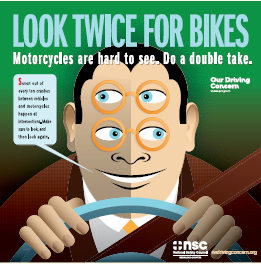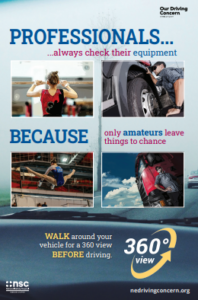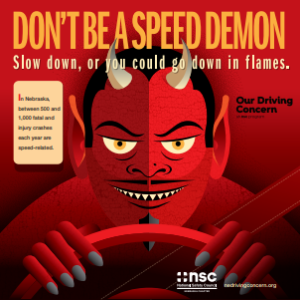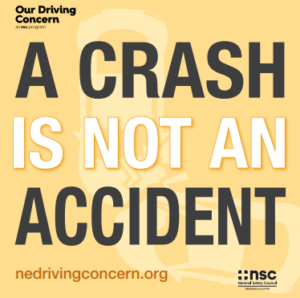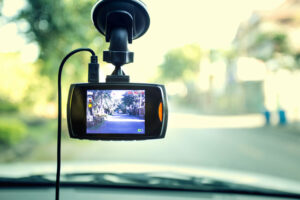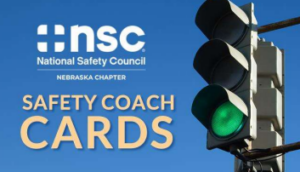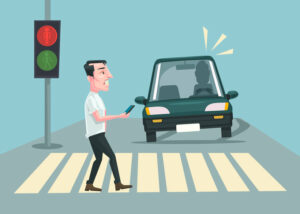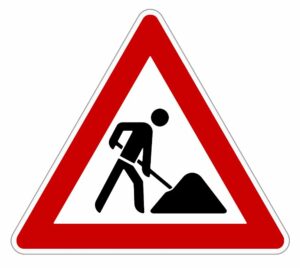Aggressive driving behaviors can include speeding, frequent and unnecessary lane changes, tailgating, and running red or yellow lights. These behaviors create unsafe situations.
Speeding
Speeding endangers the driver and others on the roadway. Speeding makes it harder to react to situations, reduces a driver’s ability to steer safely around curves or objects in the roadway, and increases the force of impact in a crash.
Road Rage
Road rage is a physical assault of a person or vehicle as a result of a traffic incident—this is a criminal offense punishable by incarceration.
What Drivers Can Do
The best offense is solid defensive driving skills. Talk with your employees about the risks associated with speeding and aggressive driving. Educate on safe driving habits. Here are some talking points:
Always be a cautious, considerate driver. Avoid creating a situation that may provoke another motorist:
- Don’t tailgate or flash your lights at another driver
- If you’re in the left lane and someone wants to pass, move over and let the driver pass you
- Use your horn sparingly
If you do encounter an angry driver, don’t make matters worse by triggering a confrontation:
- Avoid eye contact
- If you are in the left lane and someone wants to pass, move over and let them by.
- Give speeding drivers plenty of space. Speeding drivers may lose control of their vehicle more easily.
- Adjust your driving accordingly. Speeding is tied to aggressive driving. If a speeding driver is tailgating you or trying to engage you in risky driving, use judgment to safely steer your vehicle out of the way.
- If you’re concerned for your safety, call 911


